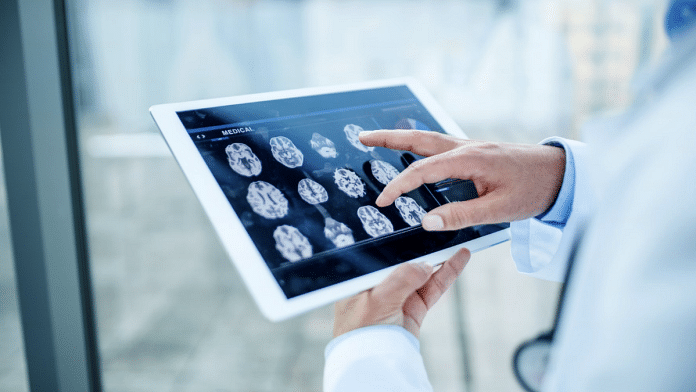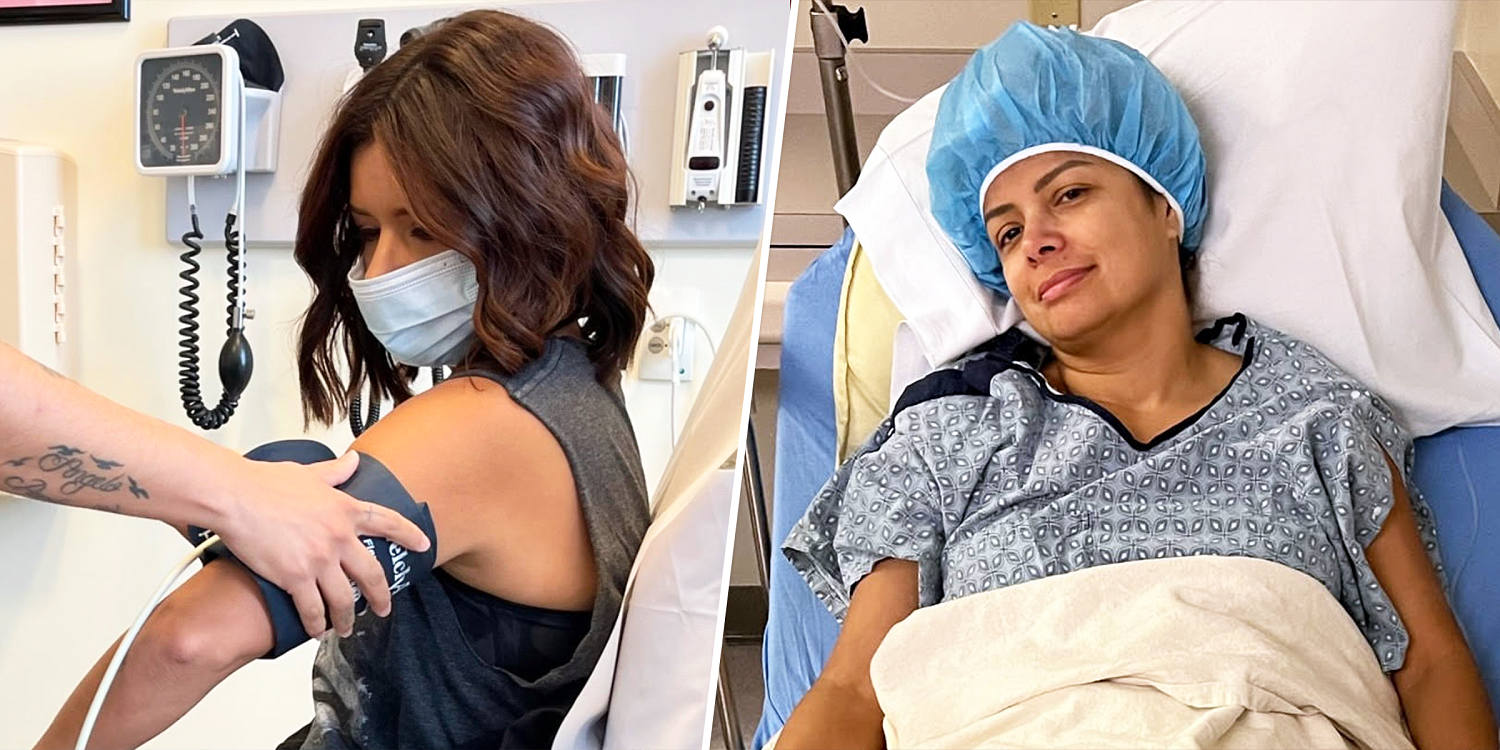
R obots are rapidly changing the way we live and work. Whether helping us navigate dangerous terrains or supporting farming efforts , programmable machines are transforming many industries and healthcare is no exception. In fact, the medical industry has been something of a leading light in this area, with forms of robotics being used by doctors for over three decades.
“Robots have great potential to address important unmet needs, such as delivering a better healthcare experience for patients through minimally invasive procedures and ensuring consistent, high-quality care with precision tasks,” says Jitka Kolarova, Lead, Health & Healthcare Innovation, World Economic Forum. “They can also increase accessibility to specialized treatments, even in remote areas, through telemedicine and robotic-assisted interventions.” And as disruptive forces such as the COVID-19 pandemic have put a strain on the industry in recent years, cutting-edge technologies can play a huge role in relieving some of the pressure , says the World Economic Forum’s Global Health and Healthcare report.

Through some incredible innovations, new life-saving techniques are being developed and the patient experience is being improved. Here are five ways that robotics are transforming the medical industry. By their very nature, hospital emergency rooms require fast decision-making so that medical staff can prioritize patients with the most pressing needs.
Could robots help speed up diagnosis? The University of York in the UK is investigating how AI software and robotics could be used to reduce patient waiting times , as well as pressure on doctors and nurses. A research team is developing a prototype – called the Diagnostic AI System for Robot-Assisted A&E Triage (DAISY) – which would collect patient data, such as the presenting symptoms and vital signs of the patient. “The DAISY system will produce a report based on questions and measurements made of the patient’s health, which will be sent to a senior doctor for the next stages of triage,” says Dr Chiara Picardi, lead researcher and co-investigator on the project.
Picardi acknowledges that the first step is establishing whether patients will accept such an intervention, before they go ahead and test the prototype in a hospital setting. Elsewhere, robotics are being developed to more quickly diagnose lung cancer. Intuitive has developed Ion , an innovative robotic-assisted platform that aims to enable minimally invasive biopsies that could become a key part of early diagnosis.
A number of high-tech surgery solutions are giving the term ‘operating system’ new meaning. Systems such as the da Vinci System and Stryker’s Mako robotic arm assisted surgery system are supporting doctors completing invasive surgeries and joint replacements. In the UK, a seven-year-old boy has been treated for a kidney condition using a groundbreaking robot-assisted device.
The Versius Surgical Robotic System aims to give patients quicker recovery times and less post-operative pain. Many other new tools and techniques are being developed, with the robotic-assisted surgery market predicted to grow to over $14 billion by 2026 , up from just over $10 billion in 2023, reports Oliver Wyman. While robotics can help healthcare professionals diagnose and treat health conditions as they emerge, they are also helping individuals experiencing pre-diagnosed conditions improve their quality of life.
Ahead of the 2024 Paris Olympics, Kevin Piette – who was paralyzed in a motorcycle accident over a decade before – used an exoskeleton to walk through the streets of the French capital as he carried the Olympic flame. Developed by Wandercraft, the Atalante X is described as “the first and only self-stabilizing exoskeleton”. Yrobot meanwhile is a cutting-edge wearable robotics company founded by PhDs and masters from Harvard and MIT, aiming to restore and enhance wearers’ mobility with robotics.
Different from traditional exoskeletons that assist wearers by supporting their body weight, Yrobot developed the world’s first muscle armor which is more flexible, lighter, and smarter. Researchers have also managed to connect robotic limbs to the nervous system of a wearer in a breakthrough they hope will improve the comfort and reliability of prostheses. The patient – a Swedish woman who lost her arm in a farming accident and who had been experiencing phantom limb pain – said the procedure had given her “a better life”.
Wearable robotics are also bridging into more commercial spaces. Outdoor apparel company Arc’teryx – in collaboration with Skip, a business set up by former Google employees – has developed powered hiking trousers that can aid users with mobility issues. Robotics are also being used to drive advancements in telemedicine – the remote care of patients.
Boston-based start-up Perceptive claims to have completed the first fully robotic dental procedure using fully automated dental technologies, including AI analysis of data as well as robotic arms and tools. Elsewhere, a remote-controlled, swallowable robot has been developed to help doctors perform remote endoscopies. The PillBot , developed by Endiatx, is intended to allow patients to interact with gastroenterologists from the comfort of their own home.
The technology is also being applied to patient after-care. The National Robotarium partnered with the AIT Austrian Institute of Technology on a pilot study to develop socially assistive robots to support stroke and brain injury survivors through upper limb rehabilitation routines – which currently only 31% of patients complete. The robot communicates with patients via a headset which detects neural activity.
The signals are used to decipher what movement the patient is intending to complete; the robot can then give verbal motivation, demonstrate the move visually and feedback as the patient completes the required movement. As well as providing new ways to care for patients, robots are also being developed to support the training of new medical staff. The UC San Diego Division of Extended Studies has developed a humanoid robot named RIA .
Students can engage in role-play training with the robot, which can be programmed to pretend it has a wide range of ailments. “RIA doesn’t get judgmental. She doesn’t get tired.
She doesn’t check her smartphone, so she’s able to conduct these role plays continuously, effortlessly, over and over again,” said Jonathan Rezach, Program Manager for the English Language Institute. Using AI and robotics, RIA can provide human-like emotional reactions – helping doctors prepare for real-life patient interactions. The author, Gareth Francis is a Senior Writer, Forum Agenda.
This article first appeared in the World Economic Forum. Read the original piece here . Also read: Eye drop’s claim to replace glasses cost it the launch & sale nod.
The controversy & safety concerns Save my name, email, and website in this browser for the next time I comment. Δ document.getElementById( "ak_js_1" ).
setAttribute( "value", ( new Date() ).getTime() );.














